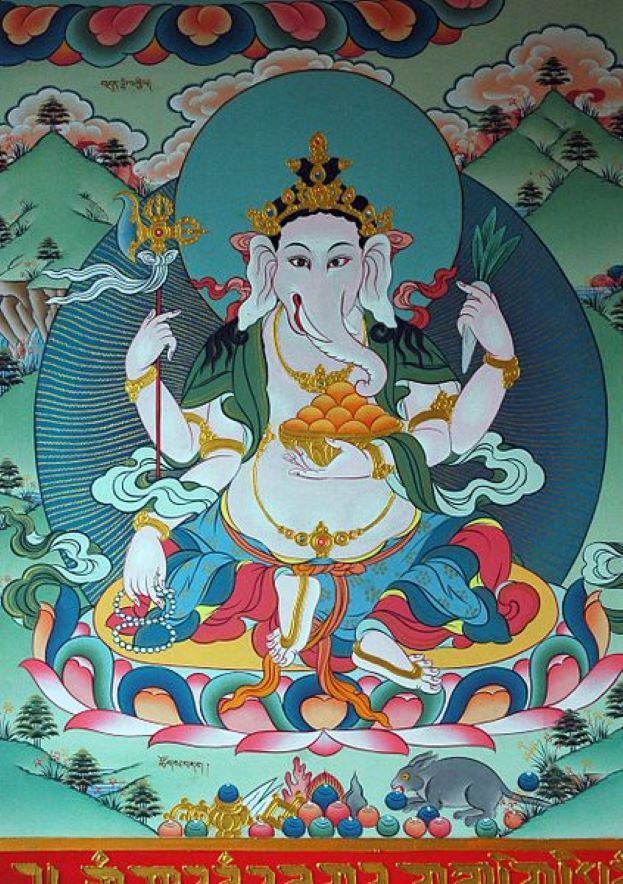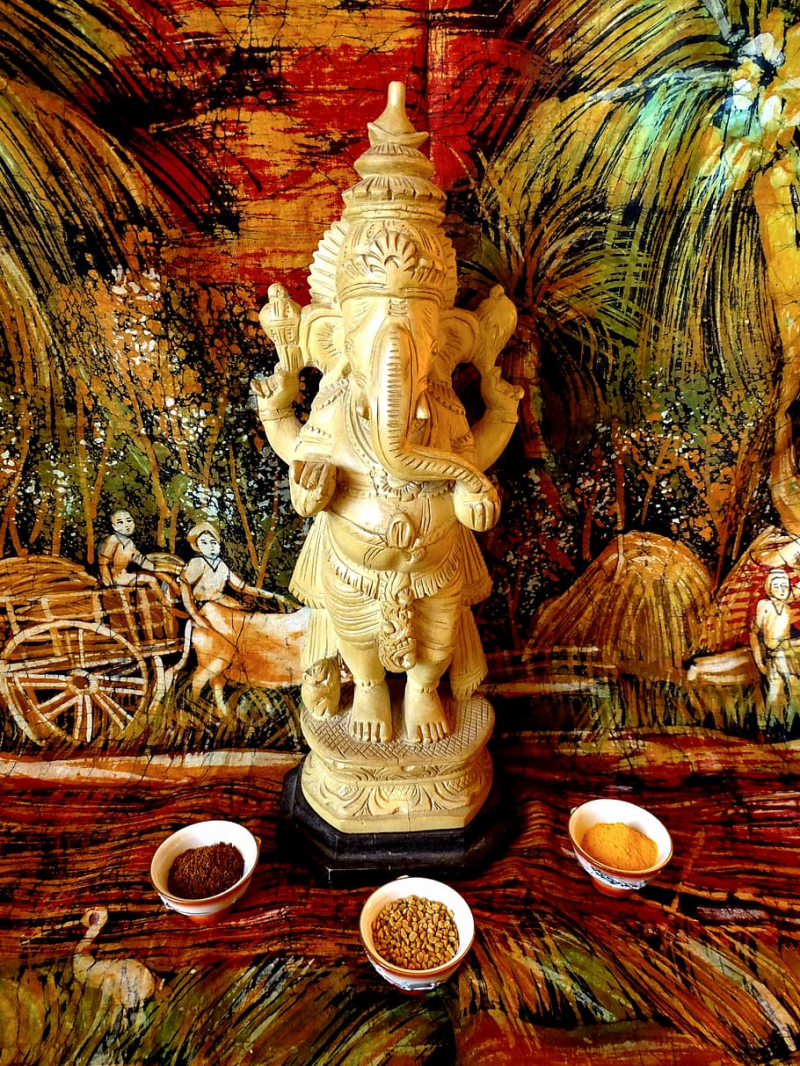Lord Ganesha appears as the Buddhist god Vinayaka in Mahayana Buddhism
Lord Ganesha's widespread popularity transcends religious boundaries. Not confined to Hindus alone, the Elephant God also appears as the Buddhist deity Vinayaka in the context of Mahayana Buddhism, showcasing his enduring cultural significance.
In the realm of Mahayana Buddhism, Lord Ganesha takes on the persona of Vinayaka and is often depicted in joyful dancing postures. This portrayal emphasizes his benevolent and auspicious attributes, making him an integral figure in Buddhist traditions as well.
Despite originating in Hindu mythology, Ganesha's divine presence has distinct regional characteristics in various Mahayana Buddhist communities, particularly in Tibet, China, and Japan. Each region offers unique interpretations and artistic representations of the beloved deity, showcasing the diversity of reverence and devotion.
A remarkable historical artifact highlighting Ganesha's connection to Mahayana Buddhism is the earliest known stone statue of the Elephant God found in North China, dating back as early as AD 531. This discovery stands as a testament to the enduring cultural exchange between Hinduism and Buddhism.
The multifaceted appeal of Lord Ganesha extends beyond the confines of Hinduism, as evidenced by his role as the Buddhist god Vinayaka in Mahayana Buddhism. Embraced by diverse cultures and communities, Ganesha's presence in various forms and artistic expressions exemplifies his timeless and universal significance.












